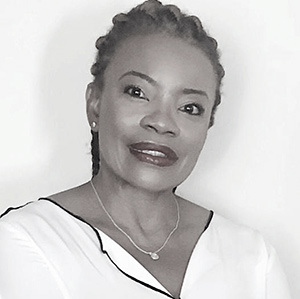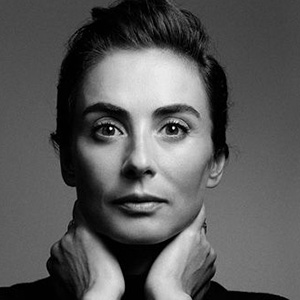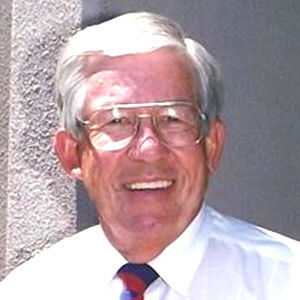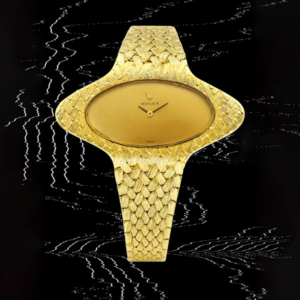
For those in the diamond industry, the initial countries where the omicron variant of COVID-19 was discovered sounded mighty familiar: Belgium, Hong Kong, South Africa.
But the first country to identify omicron was Botswana, the world’s largest diamond producer by value and the home of De Beers’ Diamond Trading Co. (DTC). The Botswana-Harvard AIDS Institute Partnership, located in the country’s capital city of Gaborone, first flagged the virus on Nov. 19, before similar notifications were sent out by neighboring South Africa.
Living at the epicenter of a new COVID outbreak has disconcerted Botswana, which until recently was enjoying a stretch of no new COVID cases. The omicron news broke right after DTC sight week and the United States banned visitors from Southern Africa, which presented challenges getting home for several De Beers clients. (Eventually, they did.)
Yet, Pat Dambe (pictured), De Beers’ vice president of market outreach, a born-and-raised Botswanan, says the country is handling things well, all things considered.
Despite so many diamond centers showing up as omicron hubs, Dambe says she hasn’t heard of anyone in the trade catching it, either abroad or in-country. (Currently, Botswana has 24 reported omicron cases, out of a population of 2 million.) From what she’s heard, this new viral strain is more infectious than standard COVID, but breakthrough cases are mild for the vaccinated. Although some have been hospitalized, their stays are brief and don’t require oxygen. She admits she’s no scientist, and the situation could change.
It helps that Botswana has high vaccination rates. In some demos, they beat America’s: 94% of residents 55 and over have got their shots, as well as 99% of residents aged 30–55, she says. But 18-to-29-year-olds have just started receiving their jabs, and that group has only a 29% vaccination rate, though the country expects 800,000 vaccines this week. (De Beers, for its part, has committed to supplying 500,000 doses to Botswana and neighboring Namibia.)
The country also has strict COVID mitigation measures. “Our protocols are very stringent,” Dambe says. “Being out of Botswana and going to Europe made me realize how strict we are. So when this happened, everyone knew what to do.”
She says that Botswana is lucky in that it has excellent health infrastructure by African standards, and free health care for all its citizens (which also tops the United States). Dambe attributes that to the economic security brought on by the country’s wise management of its diamond resources.
“We have some educated doctors who don’t come from overseas, they are Batswana. That is something very special.”
In the weeks since news of omicron broke, the mutation has spread throughout the globe. It’s now in 50 countries and 19 U.S. states.
However, Botswana’s case count remains low: Scientific adviser Mogomotsi Matshaba told Voice of America that its COVID infections have actually fallen since the new variant was discovered, with only 27 new cases recorded between last Monday and Thursday. Daily statistics can be seen here.
For the moment, people in Botswana aren’t panicking, Dambe says.
“We are getting ready for Christmas. It is summertime, it’s a warm time. It’s a time of family, a time when people like to relax and go and swim and barbecue and go to church. We are a praying nation, so that’s very important to our culture. People are OK, and we are feeling calm.”
A sentence about the omicron situation in South Africa has been removed, as the result of new information.
(Photo courtesy of De Beers)
- Subscribe to the JCK News Daily
- Subscribe to the JCK Special Report
- Follow JCK on Instagram: @jckmagazine
- Follow JCK on X: @jckmagazine
- Follow JCK on Facebook: @jckmagazine






